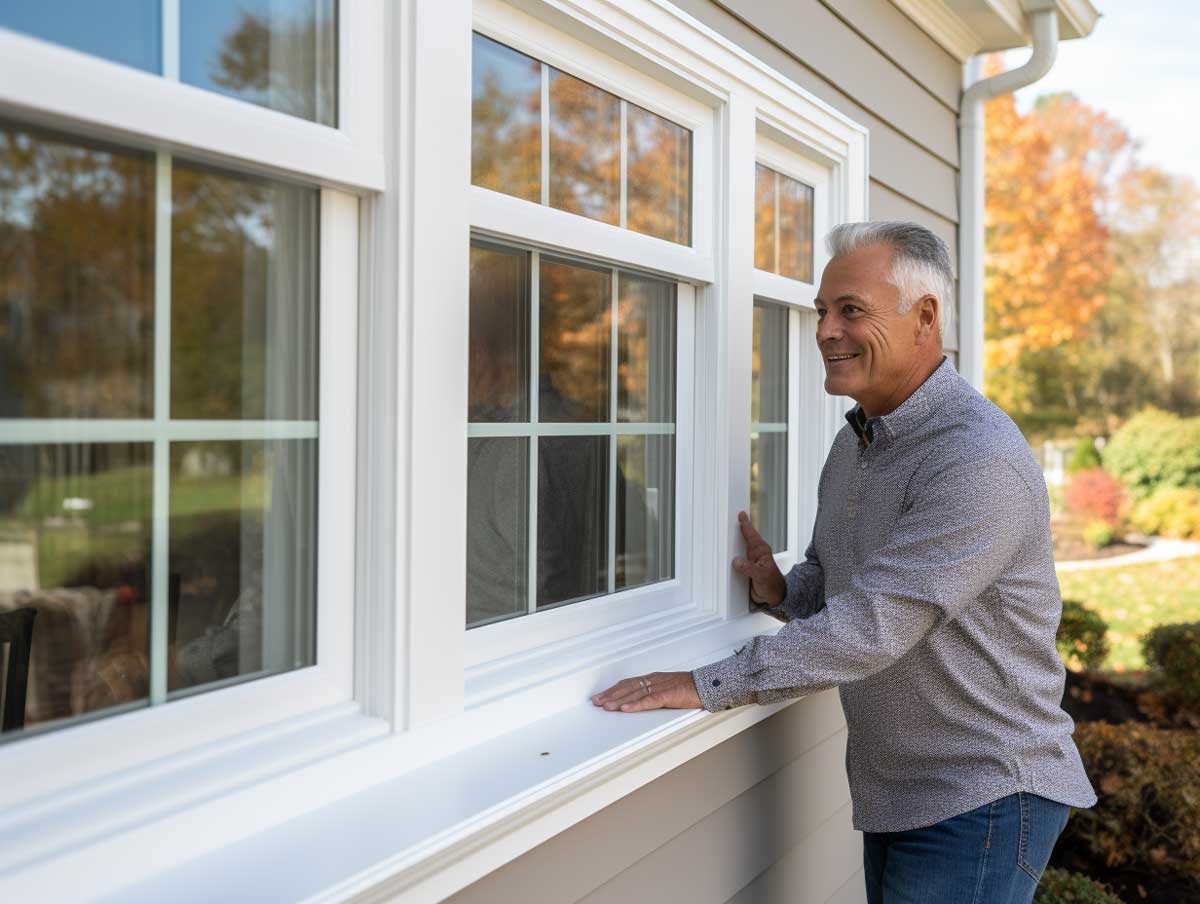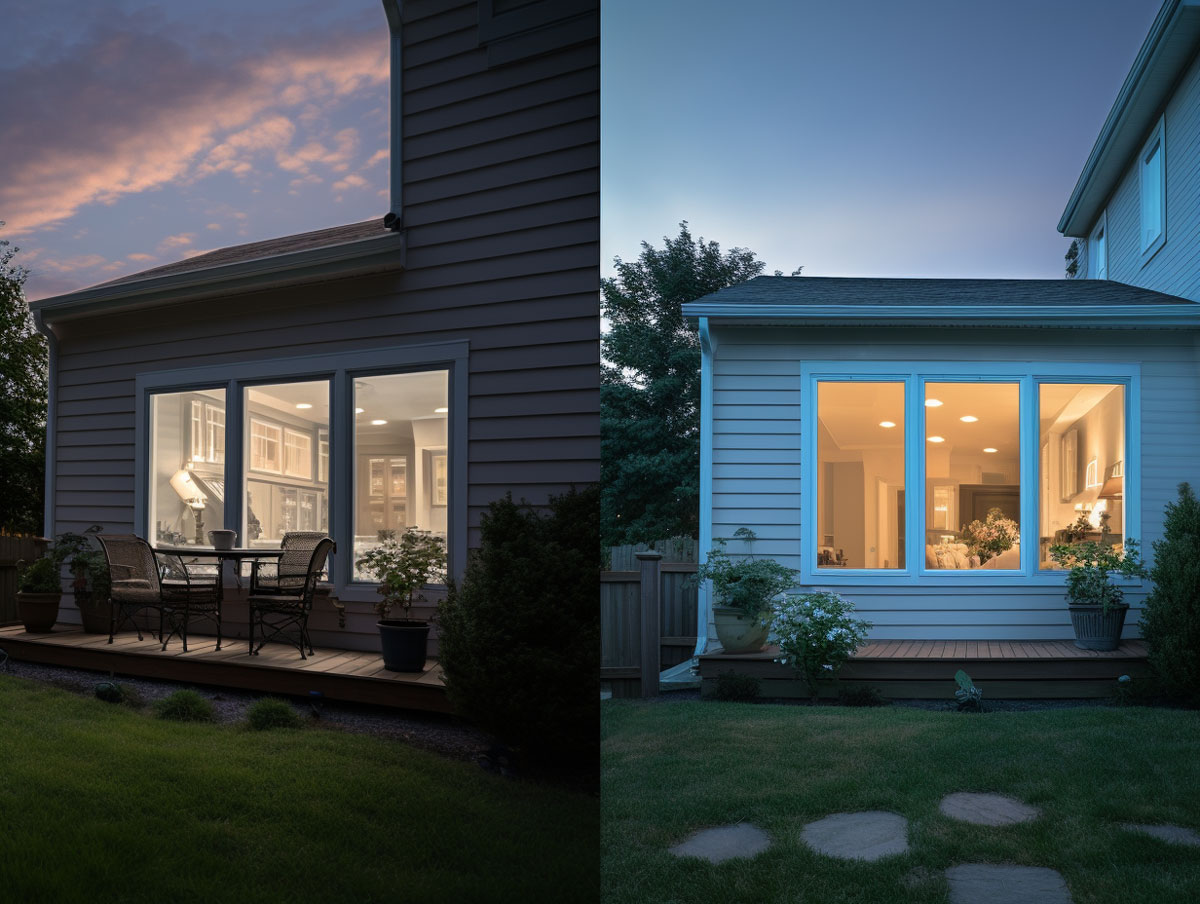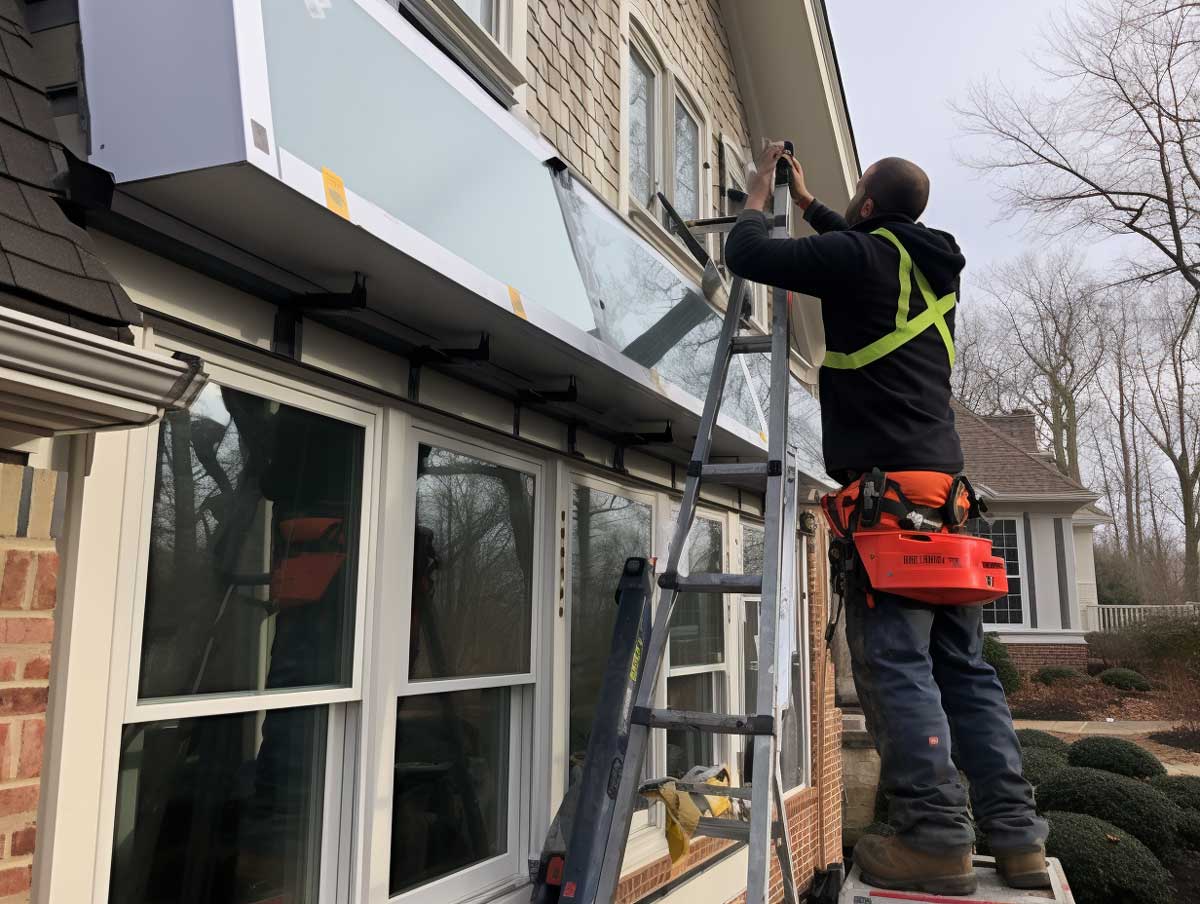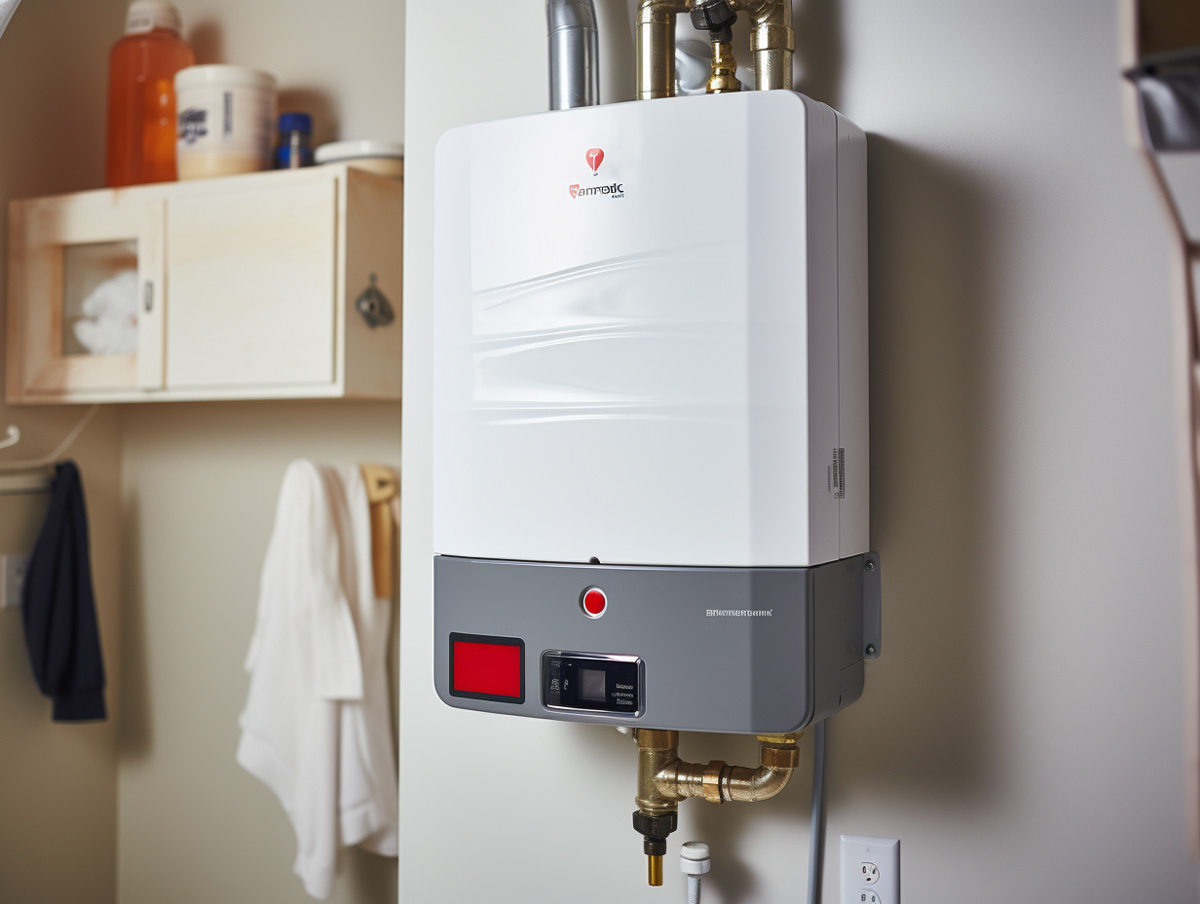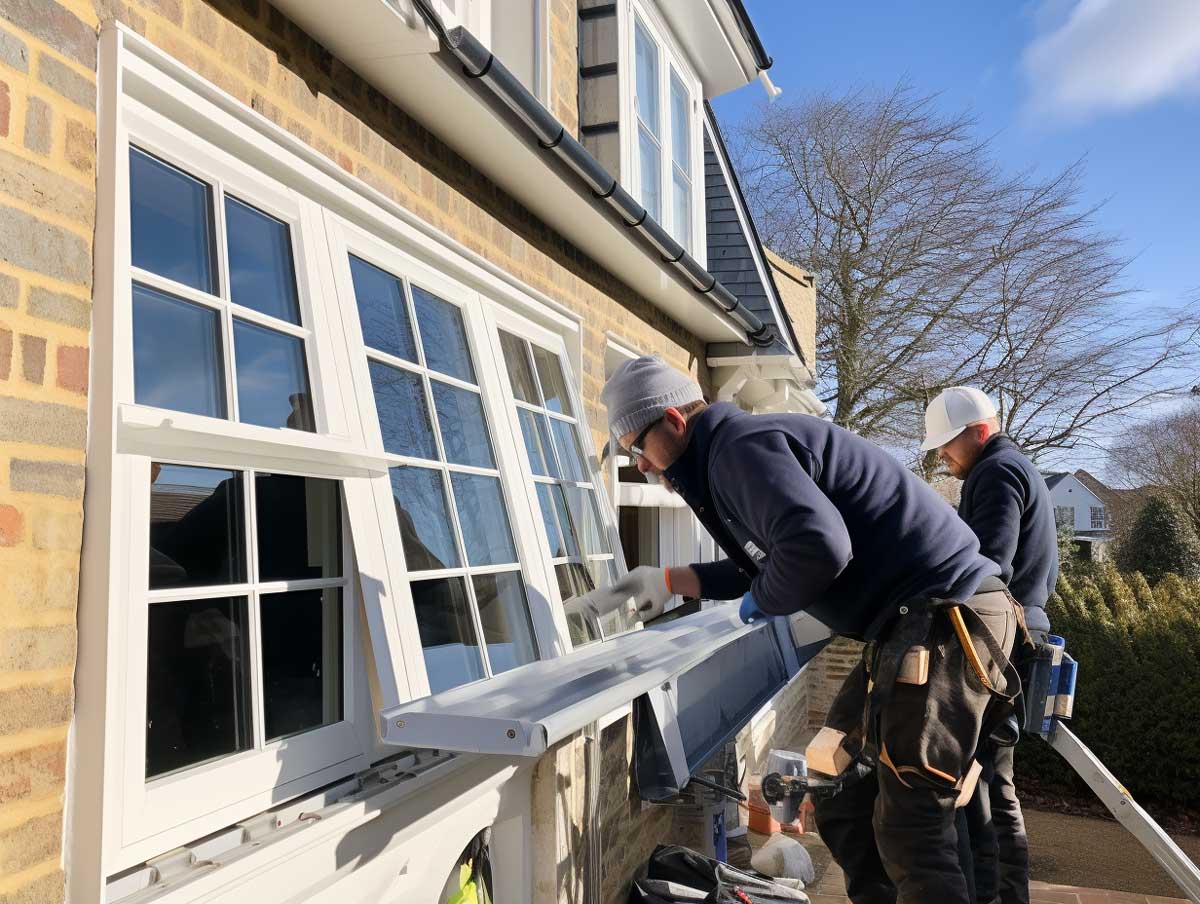In the face of escalating energy costs and environmental concerns, homeowners are increasingly seeking ways to improve their home's energy efficiency. One of the most effective methods is through home insulation.
This article will guide you through the process of accessing the Free Insulation Program, a scheme designed to help homeowners secure their homes and reduce energy consumption. Learn about the benefits of home insulation, including energy efficiency, improved comfort, reduced environmental impact, and increased home value.
Understanding Home Insulation
Home insulation is a crucial component of any energy-efficient home. It acts as a barrier, preventing heat from escaping in the winter and entering in the summer. This not only makes your home more comfortable but also reduces your energy bills and carbon footprint.
Free Home Insulation Programs
Some of the free home insulation programs include:
Weatherization Assistance Program (WAP)
This U.S. government program provides free home insulation to low-income households to help them save on energy costs.
Eligibility Criteria
The Weatherization Assistance Program (WAP) aims to assist low-income families by making their homes more energy efficient. This is achieved by providing services such as insulation, air sealing, improving heating and cooling systems, and providing health and safety upgrades. To qualify for this program, a household's income must not exceed 200% of the poverty level. Eligibility is also determined based on factors such as the number of people living in the house, the type of dwelling, and the presence of a senior citizen, a person with a disability, or a child.
Application Process
The application process for WAP is straightforward. Interested individuals should contact their state's weatherization agency to apply. Each state has its own application form and process, but generally, applicants will need to provide documentation of their income, proof of residence, and information about their energy usage. After the application is submitted and approved, an energy audit will be conducted to determine the specific weatherization measures needed. The program is administered by the Department of Energy, and services are delivered locally by community action agencies, non-profit organizations, and local governments.
Low-income Home Energy Assistance Program (LIHEAP)
This federally funded program primarily assists low-income households in the U.S. with their immediate home energy needs, including insulation.
Eligibility Criteria
The eligibility criteria for the LIHEap program is primarily based on the income level of the household. It is designed specifically for households with incomes below 150% of the federal poverty level or 60% of the state median income. Other factors such as household size, type of dwelling, and type of heating fuel may also be considered. Certain priority may be given to households with elderly or disabled members, or families with children under five years old.
Application Process
The application process for LIHEAP varies by state, as each state administers its own program. Generally, applicants will need to provide proof of income, such as pay stubs or tax returns, as well as documentation of their energy costs. This could include utility bills or fuel receipts. In some cases, applicants may also need to provide proof of their housing costs. They can typically apply through their local community action agency or other designated local agency. It's important to note that the application period varies by state, but it typically opens in the fall and continues through the winter months. It's recommended to apply as early as possible, as funds are often limited.
Energy Assistance Program (EAP)
In Minnesota, U.S., this program provides financial assistance to pay energy bills and also offers free weatherization services including home insulation.
Eligibility Criteria
The Energy Assistance Program is open to households that meet certain income guidelines. The income eligibility is based on the past three months of gross income of the household. For instance, for a household of one, the three-month income should not exceed $8,226 and for a two-person household, it should not exceed $10,747. For larger households, the income limit increases. It's important to note that both homeowners and renters can qualify for this program.
Application Process
The application process for the Energy Assistance Program starts with obtaining an application form. This form can be obtained either from the local EAP service provider or downloaded online. The completed application, along with the required supporting documents such as proof of income, should be submitted to the local EAP service provider. Once the application is reviewed and approved, the assistance will be paid directly to the energy supplier. The amount of assistance provided varies based on household size, income, fuel type, and energy usage.
SEAI Home Energy Grants
In Ireland, this program provides grants for insulation and other energy-saving measures.
Eligibility Criteria
The SEAI Home Energy Grants are open to all homeowners, including landlords, in Ireland. Eligibility is not limited by income or other socioeconomic factors; however, the property for which the grant is being applied for must have been built and occupied before 2006. This is a measure put in place to ensure that the grant benefits those homes that are likely to be less energy efficient due to their age.
Application Process
The application process for the SEAI Home Energy Grants is simple and straightforward. Interested homeowners can apply through the Sustainable Energy Authority of Ireland's website. The application requires details about the homeowner, the property, and the specific energy-saving measures that are being considered. Once the application is submitted, it will be reviewed by SEAI. If the application is approved, the homeowner will receive a grant offer which they can accept and use to complete the energy-saving measures. The work must be completed by a contractor from SEAI's registered list within eight months from the grant offer date. After the work is completed and paid for, the homeowner can then claim the grant from SEAI.
CARE/FERA Programs
In California, U.S., these programs offer discounted energy rates and weatherization services to low-income households.
Eligibility Criteria
To be eligible for the CARE (California Alternate Rates for Energy) or FERA (Family Electric Rate Assistance) programs, applicants should have an income that falls below the guidelines set by the state. For the CARE program, this is usually 200% of the federal poverty guidelines. For the FERA program, the income limits are higher, typically between 200% and 250% of the federal poverty guidelines. Eligibility is also open to people who are enrolled in certain public assistance programs such as Medicaid/Medi-Cal, CalFresh, SSI, and others.
Application Process
To apply for these programs, individuals can visit the website of their utility company where they will find an online application form. Applicants will need to provide details about their household size, income, and participation in public assistance programs. For those who prefer to apply by mail, a printable application form is also available on the utility company's website. The completed form along with the required documents can be mailed to the address provided. These programs require annual re-certification to ensure that the beneficiaries still meet the eligibility criteria. In some cases, the utility company might also conduct a verification process that includes a review of income documentation and a home visit.
The Importance Of The Free Insulation Program
The Free Insulation Program is a government initiative aimed at helping homeowners improve their home's energy efficiency. By providing free insulation, the program makes it easier for homeowners to secure their homes and reduce their energy consumption.
Maximizing The Benefits Of Home Insulation
To get the most out of your new insulation, it's important to maintain it properly. This includes regular checks for damage and ensuring that your home is adequately ventilated to prevent moisture build-up, which can degrade insulation over time.
The Comprehensive Benefits Of Home Insulation
Home insulation is more than just a barrier against the elements. It's a comprehensive solution that offers a multitude of benefits, from energy efficiency to improved comfort and reduced environmental impact. Let's delve deeper into these advantages.
Energy Efficiency And Cost Savings
One of the primary benefits of home insulation is its ability to enhance energy efficiency. By reducing heat transfer, insulation helps maintain a consistent temperature within your home. This means your heating and cooling systems don't have to work as hard, leading to significant energy savings. Over time, these savings can offset the cost of installing insulation, making it a financially sound investment.
-
Improved Comfort: Insulation doesn't just save you money—it also makes your home more comfortable. By preventing drafts and reducing temperature fluctuations, insulation creates a more consistent indoor environment. Whether it's a hot summer day or a cold winter night, you can relax in comfort, knowing your home's insulation is working to maintain your ideal temperature.
-
Reduced Environmental Impact: Insulation's ability to reduce energy consumption doesn't just benefit your wallet—it also benefits the environment. By using less energy, you're reducing your home's carbon footprint and contributing to a more sustainable future. This is an important consideration in today's environmentally conscious society and a significant advantage of home insulation.
-
Noise Reduction: Another often overlooked benefit of insulation is its ability to reduce noise. Insulation acts as a barrier against external sounds, helping to create a quieter, more peaceful home environment. Whether it's traffic noise, noisy neighbors, or the sound of the wind and rain, insulation can help keep it out.
-
Increased Home Value: Finally, insulation can increase your home's value. Energy efficiency is a key consideration for many homebuyers, and a well-insulated home can be a significant selling point. By investing in insulation, you're not just improving your home for the present—you're also enhancing its future appeal.
Types Of Home Insulation
There are several types of insulation used in homes, each with its unique properties and applications. The most common types include foam, fiberglass, and cellulose. Foam insulation, which comes in spray and rigid board forms, is highly effective at insulating almost any part of your home, from the roof down to the foundation. Fiberglass and cellulose, often used in the form of loose-fill or batt insulation, are typically installed in attics and are generally less expensive to install.
Frequently Asked Questions
To provide a better understanding of how to access a free insulation program, we have addressed some of the more common queries people have.
What are the main types of home insulation?
The three major types of insulation used in homes are foam, fiberglass, and cellulose. Foam insulation comes in two forms: spray and rigid boards, and it's highly effective for insulating almost any part of your home. Fiberglass and cellulose are often used in loose-fill or batt form, typically installed in attics and walls, offering a cost-effective insulation solution.
Where should I install insulation in my home?
Insulation should be installed in various parts of your home to enhance energy efficiency. The attic is a common area for insulation, as it's a significant source of heat loss. Other areas include the foundation, floors over unheated spaces like garages or basements, and around windows and doors to prevent drafts and enhance overall thermal comfort.
How does insulation protect my home from sun damage?
Insulation plays a crucial role in protecting your home from sun damage by reducing heat gain during the summer months. It helps keep your home cool, prevents damage caused by excessive heat, and reduces the strain on your cooling systems. This is particularly beneficial in regions with hot, sunny climates.
What is thermal insulation?
Thermal insulation is a method to reduce the transfer of heat from outside to inside, effectively making your house heat proof. It's particularly beneficial in areas with extreme temperatures, helping to maintain a comfortable indoor environment year-round and reducing the need for excessive heating or cooling.
What is an R-value in insulation?
The R-value is a measure of insulation's resistance to heat flow. The higher the R-value, the greater the insulation's effectiveness. When choosing insulation, it's important to consider the recommended R-values for your region and the specific part of your home you're insulating to ensure optimal energy efficiency.
Does insulation increase home value?
Yes, insulation can increase your home's value. Energy efficiency is a key consideration for many homebuyers, and a well-insulated home can be a significant selling point. By investing in quality insulation, you're not just improving your home for the present—you're also enhancing its future appeal and potential resale value.
Finding Free Insulation Programs
Securing your home and improving its energy efficiency is a worthwhile investment. Through the Free Insulation Program, you can take a significant step towards achieving this goal. Remember, a well-insulated home is not only more comfortable but also more environmentally friendly and cost-effective.
Learn more about home improvement assistance programs by exploring our resources. Visit Gov Relations and read our guide on popular non-profits & charities that help with home repairs.


